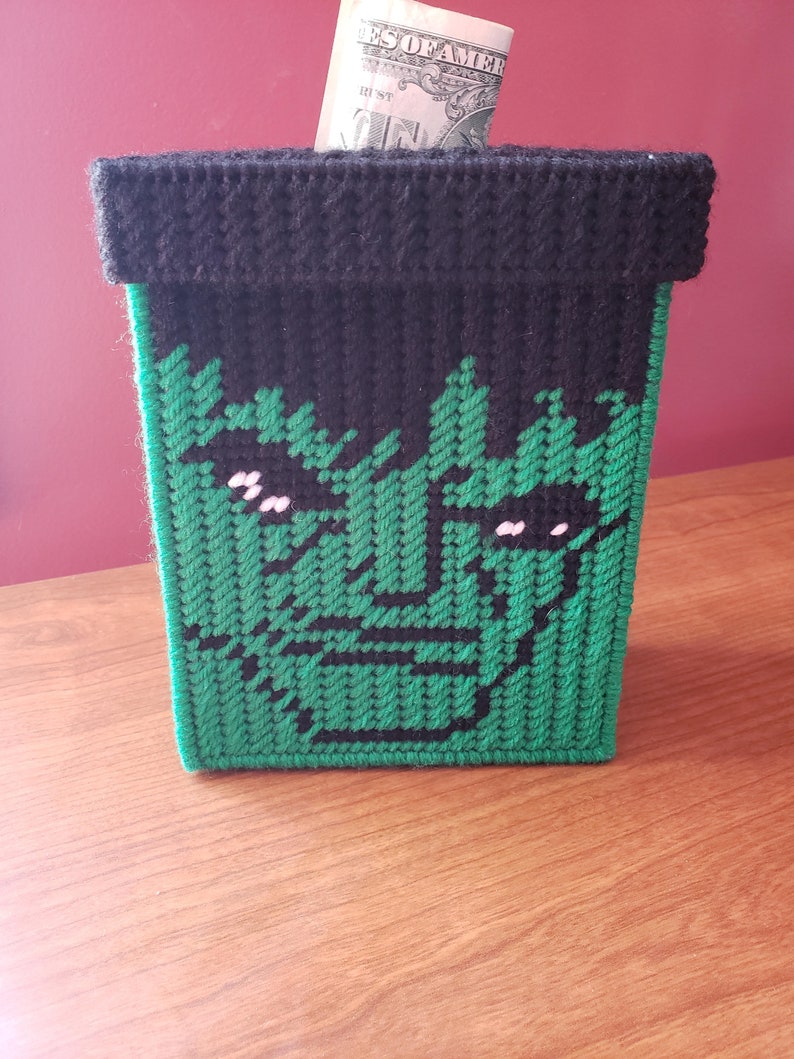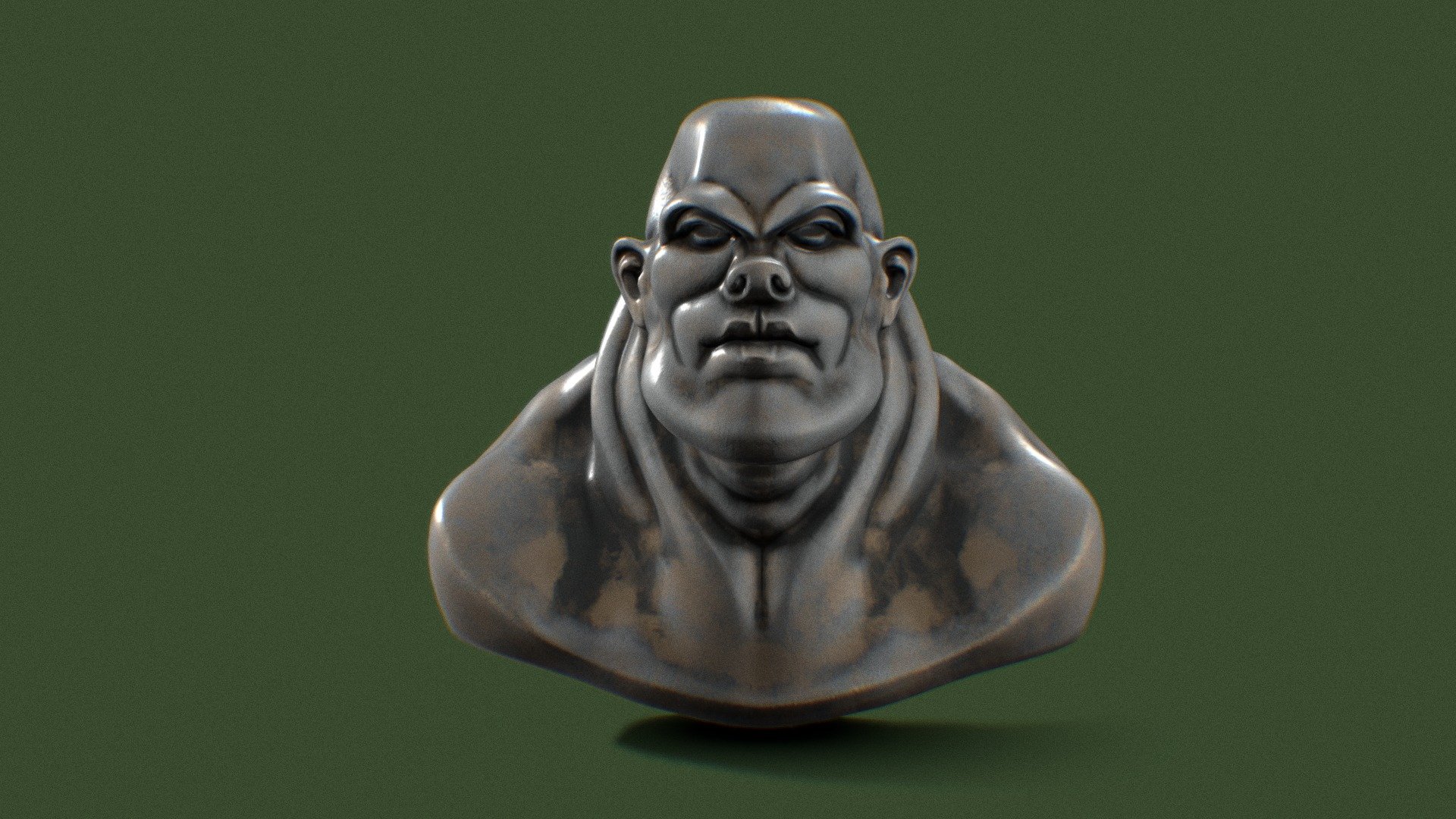

If you look closely at the photo, you will notice that I have a small gap between the barrel and the top of the plywood. I installed the hinges and moved on to the next step.


The barrel was nailed into place using a brad nailer.Īt this point I needed to take a trip to the hardware store to buy two sets of three-inch hinges at $2.99 each. The photo is the rough cut before the loose plastic was removed. The bottom of the barrel was cut out, notice that the curve at the bottom of the barrel was left, helping it funnel the grain out. I used a circular saw to cut a rough hole in the middle of the circle, making sure not to go past the line. The removable lid on the barrel is a little smaller than the bottom of the barrel, and was used as a template. I cut a piece of ½-inch plywood to fit the frame for maximum support. It was installed by using a bead of wood glue all around the boards and then nailed into place using my brad nailer.įinally, silicone was applied on the seams, the sides, and along the bottom. The Inverted V was made out of two pieces of plywood. Once the bottom supports were screwed into place, the bindings were removed off the skis and screwed into the bottom supports. Not only giving it strength, but the wider it is, the more stable it is. This keeps the skis directly under the sides of the frame. I picked out some scrap 2×8 and 2×10 stock from my pile and cut them three inches longer than the feeder is wide. The inverted V will cover it and the grain will not be touching this area. Please note that there is a seam where the two pieces of plywood meet. Luckily these seemed to be the correct length.įlipping the frame upside down allowed me to screw the plywood into the bottom of the frame. The skis were laid down to make sure they were long enough. After nailing on the end pieces, I made the upper two supports and nailed them in place. Starting with the 2 x 12s, I cut them to four feet, and cut the angles to allow the lids to close.
Hulk pig feeder plus#
If nothing else is required, this feeder will be built for $31.49, plus tax. For strength, all boards will be two-inch wide stock.ģ – 2″ x 4″ x 8′ board $2.47 each = $7.41 This way, eight-foot boards could be used and after cutting them in half, they will be used on both sides. To keep the cost down, I decided to make the feeder four-feet long. Working with a 3D program called Solidworks allowed me to see the project on the computer screen before it was built. The barrel is supported so the pigs can’t dump it over and spread the feed all over. The area where the pigs eat will has to be big enough so it holds a decent amount of food. I cut a hole in the bottom of the drum, leading to an inverted V so the feed slides down both sides. I wanted to use the removable lid on the drum to keep the grain rain-proof. Last summer, I built and installed new kitchen cabinets and used the leftover plywood for the feeder. One day at the dump, I found an old pair of downhill skis and used them to slide the feeder from paddock to paddock. Since I mix my own grain, a 55-gallon drum will hold enough grain for our pigs for the week. A 55-gallon drum holds roughly six bushels of grain, or roughly 250 lbs. I found a food grade 55-gallon plastic drum with a removable lid on Craigslist for $10.
Hulk pig feeder how to#
That is a lot more than I wanted to spend, so the decision was made to see what was available around the homestead and figure out how to build a portable pig feeder of my own. The commercial pig feeders of that size start at $500. You can find small feeders that start at $100 that will handle two pigs, but they only hold 100 lbs. To make the project easier and more enjoyable, I learned how to build a portable pig feeder. The final cost of the pork was much lower then what the supermarket charges and the taste of the meat was superior. I wanted to see how much work and cost goes into raising feeder pigs. In 2017, I raised two pigs as an experiment.


 0 kommentar(er)
0 kommentar(er)
